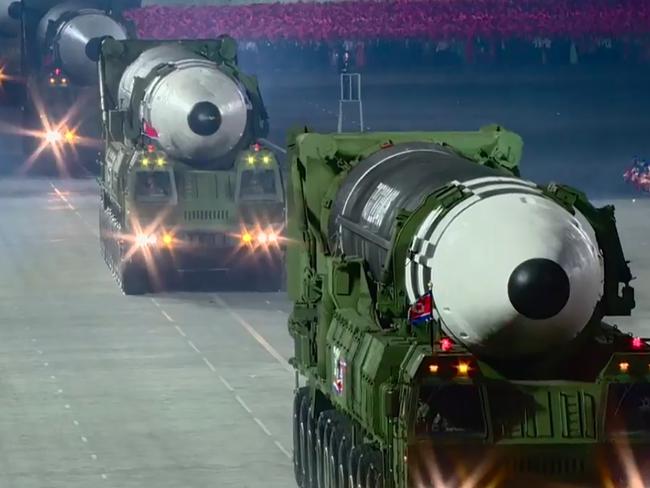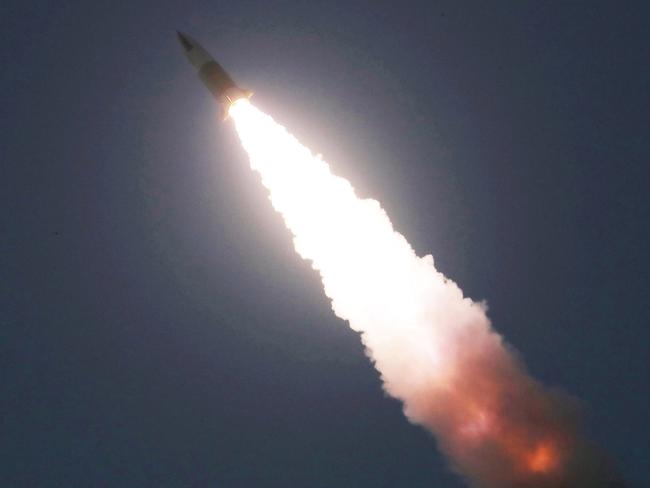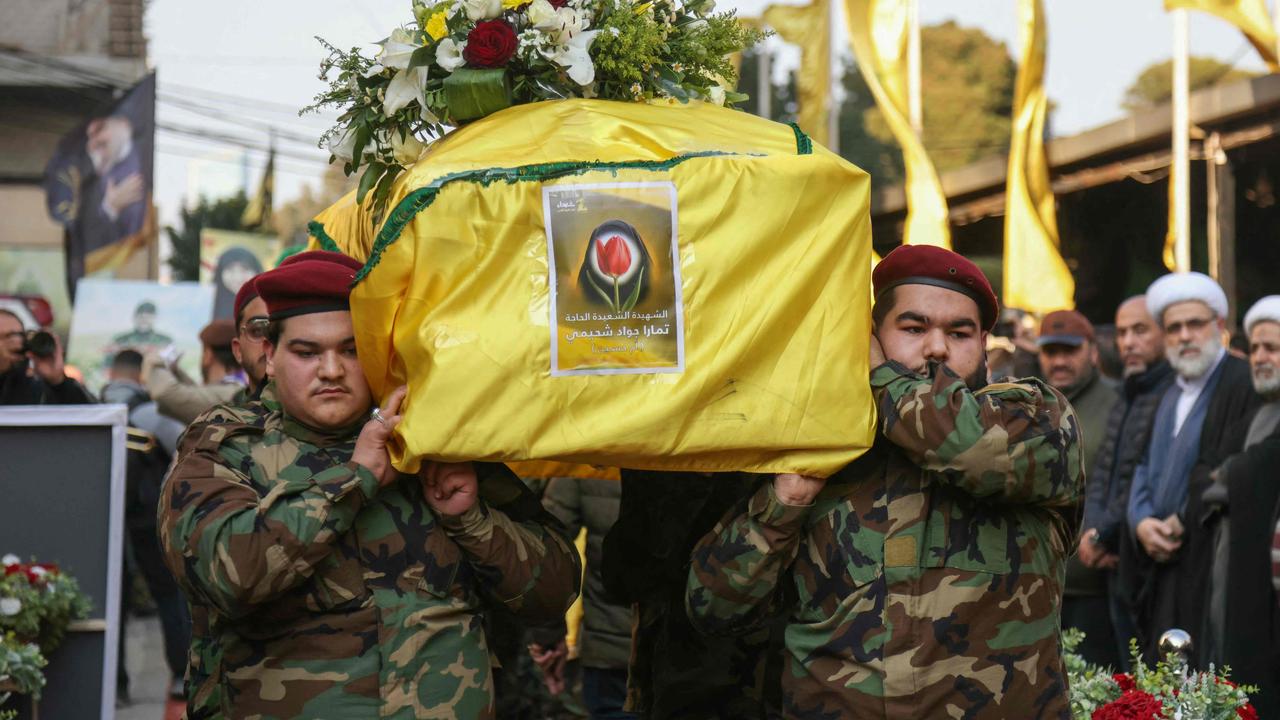Joe Biden faces early test on ‘hit-to-kill’ missile interceptor system
It’s the $4.9 billion decision that will secure the US’s defence against long-range missiles for years to come. But has President-elect Joe Biden picked the right man for the job?

Joe Biden’s new defence secretary will face an early and crucial decision on replacing America’s ageing ballistic missile defence system to protect against advances in the arsenals of Iran and North Korea.
The Pentagon has asked for designs for a new “hit-to-kill” missile interceptor system from the US’s largest defence companies and will shortlist the best for the $US4.9 billion program in the next few months.
It will be one of the first weapon procurement decisions to be made by the man nominated by Mr Biden to be defence secretary, retired general Lloyd Austin, the former head of US central command.
The weapon, known as the new generation interceptor (NGI), will replace the systems first deployed in 2004 after US intelligence agencies warned that North Korea could hit Hawaii with a nuclear missile.
Initially only eight interceptors were installed in silos at Fort Greely in Alaska. Today there are 40 interceptors in Alaska and four at Vandenberg air force base in California.
However, these interceptors, which had a chequered flight test record, are capable of defending the US from only a small number of relatively unsophisticated long-range missiles launched from rogue states such as North Korea or Iran.
Advances by both countries have made it imperative to develop a more capable defence system. North Korea is now believed to have an intercontinental ballistic missile that could reach anywhere in the US and also has decoy systems to confuse American defence systems. Kim Jong-un, North Korea’s leader, announced at his ruling Workers’ Party congress last week that he planned to expand his nuclear arsenal.


The Pentagon has set a six-year timetable for deploying a new ground-based interceptor armed with multiple hit-to-kill mini-interceptors to destroy several ballistic missiles simultaneously in what is known as the mid-course phase.
The other two phases of a missile’s trajectory are boost, when it is first launched, and terminal, as the incoming warhead re-enters the Earth’s atmosphere.
Depending on what the defence industry produces, Vice-Admiral Jon Hill, director of the US missile defence agency, has said he hopes to start testing the NGI weapon in the mid-2020s.
The current military and intelligence assessment is that the existing 44 interceptors at Fort Greely and Vandenberg will be sufficient to counter the threat from North Korea and Iran until the mid-to-late 2020s. But by then the interceptors will be more than 20 years old and less reliable.

In the interim, the US will increasingly rely on weapons that are located closer to North Korea and Iran. These include the Aegis weapon system fitted on 62 Arleigh Burke-class guided-missile destroyers and 22 Ticonderoga-class guided-missile cruisers. Japan also has Aegis warships which operate closely with the US navy in the Sea of Japan.
The same system, called Aegis Ashore, is based on land at Deveselu in Romania and another one is being built at a naval support facility in Redzikowo, Poland, as part of a European component of the US missile defence network.
The US army has seven batteries armed with terminal high-altitude area defence missile interceptors (Thaad) which can shoot down a ballistic missile inside and just outside the Earth’s atmosphere. There are US Thaad batteries in South Korea and on the Western Pacific island of Guam.
THE TIMES






